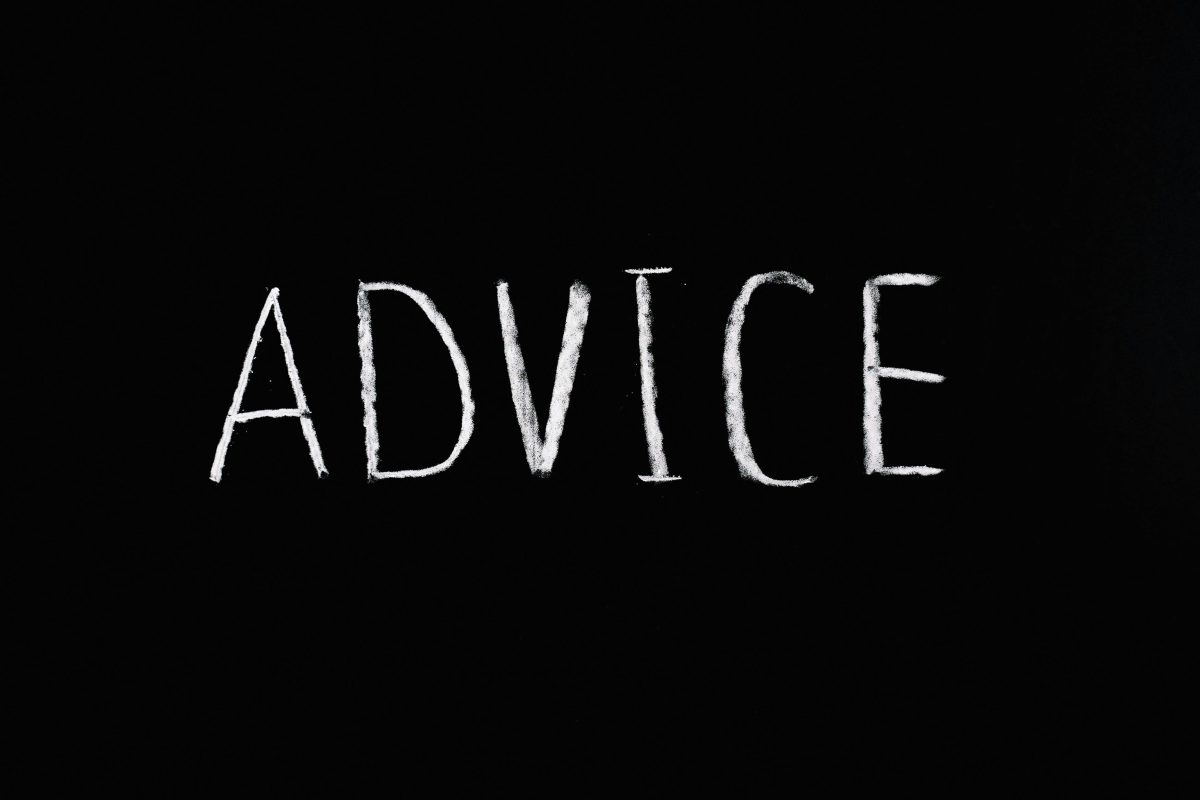Introduction to Learning Styles

Understanding learning styles is crucial in developing a child’s academic and psychological progress. It’s about acknowledging the particular ways in which our children receive, process, and retain information. From the colorful graphics that fascinate some learners to the rhythmic beats that resonate with others, learning styles are as different as our children themselves. We dive into the visual, auditory, kinesthetic, and reading/writing preferences, each presenting a separate road to information.
Grasping a child’s learning style can revolutionize their educational journey, making learning an engaging, joyful, and effective experience. It’s not only about academic accomplishment; it’s about cultivating a lifetime love for learning, creating confidence, and supporting personal development. When we adjust our approach to coincide with their natural inclinations, we open a world of possibility, setting the foundation for a future filled with unlimited possibilities.
Identifying Your Child’s Learning Style

Signs and Behaviours to Observe
- Auditory Learner: Enjoys stories and follows verbal instructions effectively.
- Visual Learner: Prefers sketching and puzzles, showing a visual learning inclination.
- Kinesthetic Learner: Can’t seem to sit quietly and enjoys hands-on activities.
- Reading/Writing Preference: Thrives on written instructions and loves to read and write.
Tools and Assessments Available
- Online quizzes and surveys created for youngsters.
- Educational psychologists give expert assessments.
The Role of Teachers and Educators
Teachers have a critical role in detecting and promoting varied learning styles in the classroom. By using a mix of visual, auditory, kinesthetic, and reading/writing activities, educators may cater to all kids, ensuring no child is left behind. It’s about building an inclusive environment where every child feels cherished and understood. Teachers’ support and adaptability can make all the difference in a child’s educational path, helping them to not just succeed academically but to thrive.
Understanding and supporting your child’s learning style is a journey filled with discovery and growth. It’s about encouraging children to accept their individuality, building a sense of confidence and a love for learning that will last a lifetime. As parents and educators, our responsibility is to guide them on this journey, offering the skills and support they need to explore, learn, and develop.
Strategies for Supporting Visual Learners

Visual learners flourish in environments rich in colour and visual stimuli. By designing your house to boost visual learning, you create a sanctuary where studying is not simply encouraged but also a pleasurable experience. Imagine walls covered with instructive posters, vibrant infographics, and visual aids that turn every corner into a learning opportunity. These features not only light up the area but also act as regular learning stimuli, making education a part of your child’s daily life.
Encouraging the use of visual organizers can improve the way your child processes information:
- Mind maps, charts, and diagrams assist people to graphically connect ideas, making complicated concepts easier to absorb.
- This way of organizing information not only aids in retention but also creates a deeper comprehension of the subject matter.
It’s about giving students the skills to conceptualize their concepts, leading to a more structured and efficient learning process.
Selecting the correct instructional resources is vital for cultivating a visual learner’s curiosity:
- Opt for resources that are rich in graphics such as illustrated books, educational films, and interactive software.
- Websites like the Australian Curriculum offer a plethora of resources customized to different learning styles, providing you have access to materials that best suit your child’s needs.
By establishing a visually exciting setting, promoting the use of visual organizers, and selecting appropriate educational materials, you give a solid basis for visual learners to thrive. It’s about understanding their individual learning style and changing your approach to support their educational path. With the appropriate tactics in place, you can unlock their potential, developing a love for learning that will take them through life.
Strategies for Supporting Kinesthetic Learners

Kinesthetic learners thrive when movement and hands-on activities are weaved throughout their learning experiences. These learners absorb concepts best when they can touch, move, and do. It’s about engaging their bodies as well as their minds, making learning an active, physical process.
- Incorporating physical activities into studying can considerably benefit their educational experience.
- Field trips give real-world experiences that bring lessons to life.
- Experiments help them to investigate concepts through trial and error.
- Sports and physical education not only keep students active but also teach essential skills about collaboration, strategy, and tenacity.
Adapting classroom environments to accommodate kinesthetic learners can make a world of difference. Desks structured to facilitate movement, standing workstations, and areas for group activities foster an active learning environment. Homework assignments that include building models, making art projects, or even acting out historical events respond to their drive to move and create.
By embracing these tactics, we understand the value of movement and hands-on activities in learning. It’s about establishing a dynamic, engaging, and inclusive educational atmosphere that respects and celebrates the many ways in which our children learn. With the correct help, kinesthetic learners may achieve incredible success, leveraging their inherent energy and curiosity to explore, discover, and understand the world around them.
Strategies for Supporting Reading/Writing Learners

For those youngsters who find peace in the written word, cultivating a love for reading and writing is vital. A range of things, including books, journals, and internet tools, can fuel their interest. It’s about offering a treasure trove of possibilities, allowing people to explore new genres and media. This diversity not only keeps their interest alive but also broadens their comprehension and appreciation of language.
- Enhancing reading comprehension and writing skills is a process of exploration and practice.
- Techniques such as summarising literature, debating ideas, and engaging in creative writing tasks help develop their abilities.
- Encouraging kids to keep a journal or blog offers a personal area for expression, refining their writing skills in a meaningful way.
Technology plays a crucial role in supporting these efforts. E-readers and tablets enable access to a large choice of reading materials, while educational apps offer interactive exercises that increase comprehension and writing prowess. Online forums and reading clubs can connect them with a community of like-minded peers, providing a sense of belonging and motivation. It’s about harnessing technology to enhance traditional reading and writing approaches, making learning both effective and entertaining.
By accepting these tactics, we cater to the special needs of reading/writing learners. It’s about identifying their predilection for the written word and providing the resources and support they need to thrive. With the correct technique, we can unlock their potential, cultivating a lifelong love for reading and writing that will serve them well throughout their lives.
Creating a Balanced Learning Environment

Embracing a balanced approach to learning is vital. It guarantees that children are not pigeonholed into a particular learning style but are exposed to a variety of methods that adapt to their developing needs. This diversity not only enriches their learning experience but also prepares them for the diverse world beyond the classroom.
Integrating diverse learning styles into everyday activities and courses may be both entertaining and successful. For instance, a simple cookery project can encompass:
- Reading instructions (reading/writing)
- Measuring ingredients (kinesthetic)
- Discussing the process (auditory)
- Observing the changes (visual)
Such exercises give a holistic learning experience, engaging many senses and reinforcing concepts through numerous modalities.
Collaboration between parents and educators is crucial to developing a supportive and inclusive learning environment. Open communication ensures that techniques coincide at home and in the classroom, giving a consistent and reinforcing learning experience. Parents can extend classroom activities at home, while instructors can customize classes to match the varied learning styles of their pupils. Together, they can develop a foundation that not only supports academic success but also nurtures a love for learning.
By providing an environment that values and integrates multiple learning styles, we encourage children to explore and understand the world in their unique way. This balanced approach builds the groundwork for a lifetime of inquiry, creativity, and achievement.
In Conclusion
Every child’s learning journey is unique and invaluable. This diversity strengthens their educational experience, preparing the path for a lifetime of discovery. By embracing and supporting our children’s various learning styles, we unlock their potential, encouraging resilience and a deep-seated love for learning. Through a collaborative effort between parents and educators, we can establish a balanced, inclusive atmosphere that responds to the multidimensional needs of every learner. Let us commit to nurturing these different routes of learning, for in them lies the future of our children’s success and fulfillment.
Understanding and Supporting Your Child’s Learning Style FAQs
There are various tools and resources available, including questionnaires and observation checklists, to help identify a child’s learning style. These tools can provide insights into how your child prefers to receive and process information. Additionally, consulting with educational professionals or psychologists can offer a more in-depth understanding and guidance.
Yes, learning styles can evolve as children grow and are exposed to different environments and experiences. It’s important to regularly reassess and adapt to your child’s changing preferences and needs. Being flexible in your approach can help support their learning journey effectively.
Create opportunities for hands-on learning where kinesthetic learners can move around and engage physically with the material. Activities like experiments, building projects, or even acting out stories can greatly enhance their understanding and retention of information. Encouraging note-taking through drawing or using physical objects to represent concepts can also be beneficial.
Observing how your child interacts with the world around them is key to identifying their learning style. If they prefer reading and looking at pictures, they might be visual learners; if they enjoy listening to stories and can follow verbal instructions well, they’re likely auditory learners; and if they are constantly moving and like to touch things to explore them, they might be kinesthetic learners.
For visual learners, incorporate lots of visuals in their learning materials, such as diagrams, charts, and videos. Encourage them to take notes and make lists to visualize their thoughts and tasks. Providing them with graphic organizers to structure information can also be very helpful.
Learning styles can significantly impact how a child absorbs information in the classroom setting. Teachers who employ a variety of teaching methods can cater to different learning styles, thereby enhancing learning outcomes for all students. Understanding and addressing diverse learning styles can also help in minimizing frustration and maximizing engagement among students.
There are primarily three different learning styles: visual, auditory, and kinesthetic. Visual learners understand and remember information better when it is presented to them in a visual format such as charts or diagrams. Auditory learners, on the other hand, benefit more from listening to explanations and discussions, while kinesthetic learners grasp concepts more effectively through hands-on activities and experiences.
If your child’s learning style isn’t being accommodated at school, consider discussing this with their teacher to explore possible adjustments in teaching methods. Supplementing school learning with home activities tailored to their learning style can also be beneficial. Advocating for a diverse approach to teaching and learning within the school system may also bring about positive changes.
Engage auditory learners by incorporating discussions, storytelling, and verbal explanations into their learning. Encourage them to read aloud or use audiobooks and educational podcasts as part of their study routine. Repeating information back or teaching others can also reinforce their learning.
Understanding your child’s learning style is important because it allows you to tailor their educational experiences to suit their preferred method of learning. This can lead to improved comprehension, retention of information, and overall academic success. It also helps in fostering a more positive attitude towards learning by reducing frustration and boredom.

